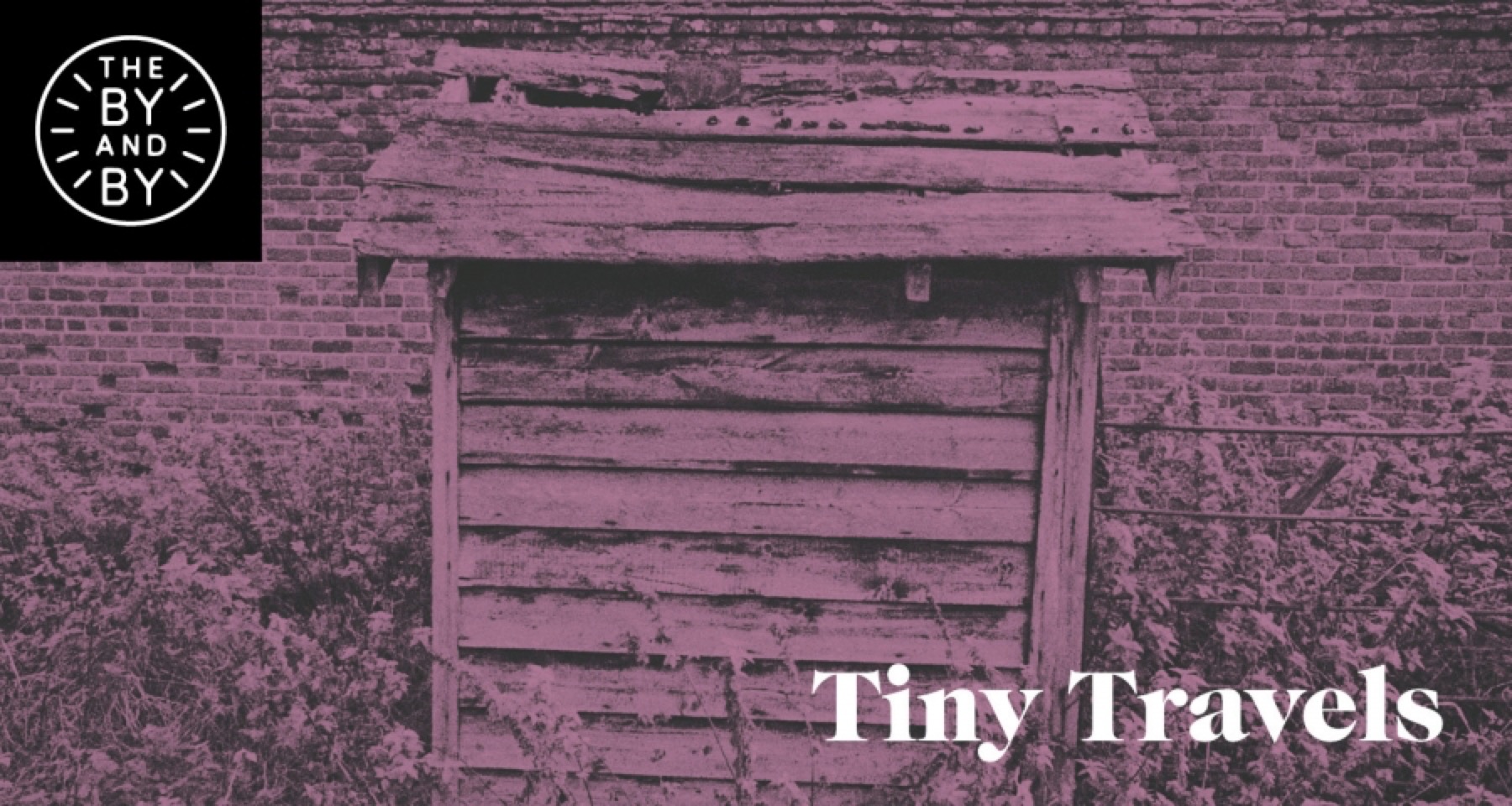
CAUGHT IN THE CRAZY QUILT
By Katy Simpson Smith
Molly Fouche was my second cousin, three times removed, and also my great-great-aunt’s mother-in-law, which makes sense because they were from South Carolina. She was born in the little town of Ninety Six in 1853, married at twenty-two, had three children, and died in childbirth at the age of thirty-six. She was also a quilter. Made in 1888, the year before her death, her crazy quilt is an explosively fantastical piece and the only thing left of her. I am thirty-three and have made a few quilts in my life, along the lines of square piece, rectangle piece, repeat. Molly’s isn’t geometry, but literature. It’s the Thousand and One Nights.
My family has few mementos of our female ancestors: scraps of silk from overseas travel, wedding rings, glass pickle jars. What women create are children, right? And yet as I near Molly’s age, childless, this surreal quilt hanging on the wall in my mother’s study seems to me a totem of art’s endurance. I’ll never know Molly’s sons and daughters, but I know how her fingers moved across a quilt frame to create a lasting dream.
Within the faded purple border, two-hundred fourteen individual blocks are surrounded by elaborate needlework rims: feather stitch, sheaf stitch, chain stitch, fern stitch. The blocks come in the shape of triangles, squashed polygons, quarter-moons; some are just plain cotton or wool, but most hold surreal flights of embroidered fancy. An eight-point reindeer barks in the lower right; far away a peacock three times its size listens for its call. A child with bows on his shoes blows into an ophicleide, and a wild-haired conductor gesticulates toward an invisible orchestra. There are crickets and kiwis (the bird), burros and butterflies. Wait—there’s another peacock. Moonflowers and daisies, lilies and pansies, cattails and cotton bolls. A mouse steals a piece of cheese from a teacup. In the upper left, a bare foot is hennaed with a vine.
Below the quilt is a daybed where I would lie as a child when I was sick or restless, or just wanted my mother’s company as she worked. The lower reaches of the menagerie have become as familiar as my hand. The cricket—that cricket. Satin-stitched thorax and abdomen in brown thread on an ivory field, with legs and antennae spronging out in stem stitch. Who asked for the cricket? Was it a child?
Crazy quilting took off in the late nineteenth century as leisuring ladies gained more access to interesting fabrics; the inherent wildness of the design—whatever you want!—was certainly appealing. In creating threaded gardens that looked downright painterly, these women were proving something greater than domesticity; the quilts’ unruliness allowed for individual voices. Our Molly may have had more brio than finesse, but who else would’ve included a little girl lifting her skirts over what looks like a bucket, as if to pee into it? Or wait—is the bucket a mushroom that she’s gathering? Oh, did Molly’s family laugh and laugh, as we now do?
Last fall I bundled the quilt into a bag and brought it to the class I was teaching—The Art of the South—and spread it across several tables. The students circled it like archaeologists and pieced together the story of the artist. A mother, they quickly determined: someone with an interest in whimsy, but with the skills to execute it. Someone rural, they guessed: look at all the plants, the cotton, the weeds. But not someone poor, they said: how did she know what an orchid looked like, a Romantic conductor, a camel? (“Sears, Roebuck?” someone asked.) Plus, look at all those fabrics, the velvets, the silks. Think about the time it took to make—one thousand five hundred hours, according to one quilt scholar’s estimate. This was a woman with time, who lived in the country, who had children. “What else?” I asked. Attention, someone said. She was someone who noticed things. I pointed to the initials at the top, M.F., and revealed that Molly Fouche was my ancestor, and that as far as I know she was all the things they guessed.
As far as I know. I rub the green velvet crescent moon and imagine her fingers there too. A primitive rendering of a woman’s face—two French knots for eyes—could be her self-portrait. We have no pictures of her, no recollections handed down. We have numbers (1853, 1889, three children) and names (a husband, Laurens Means, and a father, Washington Lafayette Prince, as if a woman could surround herself with weirder men), and we have a quilt. On the underside, the side that would’ve collected her family’s warmth, is a single backing cloth of rosebuds set against blue and white. Small spots—blisters of stain, of soup, of blood, of age—mark its use. Is her DNA here, the science of her, or is it just the art? What is memory: fact or fancy?
Here’s the scene I see: Molly in the parlor of the house in Ninety Six, a square of the quilt stretched in an embroidery hoop, half the patches linked by stitches, the others dangling raw-edged, mid-surgery. A child (Jimmy, aged two) collapsed in the wingback chair with her, his open drooly mouth against her arm. “A saddle,” he whispers. She’s working on the camel. He points to the sewing bag, to the mustard embroidery thread there. “Yellow saddle.” She begins her embellishments. “More dots,” he says. She adds them. She asks if the camel should be happy or sad. “A smile,” her son says, “but little.” She obeys.
In a year she’ll be dead, and the family will have this: the weight of her imagination. Nothing I make will be as strange as this. What will any of us make that lasts 130 years, that tells as good a story as it did the day it was made?
“Tiny Travels” is part of our weekly story series, The By and By.
Enjoy this story? Subscribe to the Oxford American.

